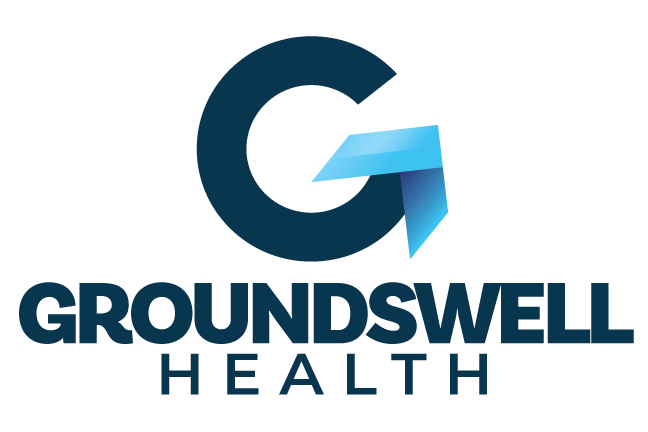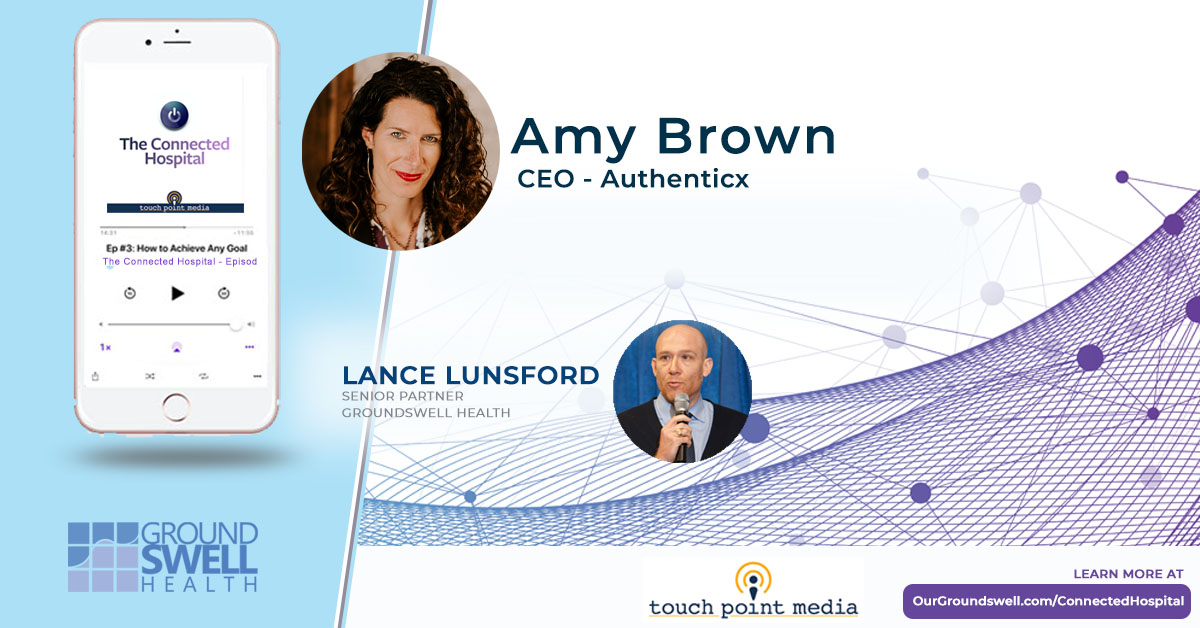A couple of weeks ago, Matthew Dowd tweeted an anecdote about his time serving as campaign manager for Texas Lt. Gov Bob Bullock in the 1990s. Bullock had complained to his staff that he wasn’t seeing any television ads for his campaign (and therefore assumed they weren’t running). Dowd and his team asked Bullock’s wife what cable channel he usually watches and placed several thousand dollars’ worth of ads on that channel. A few days later, Bullock complained to his staff that too many of his campaign ads were running.
Apocryphal maybe. But an illustrative anecdote nonetheless, and one that resonates in today’s digital advertising world.
Any company, organization, or association must do digital advertising to reach the people they are trying to influence – whether that’s to convince them to purchase a product, believe an idea, or support a candidate. The key is first to identify as precisely as possible the target audience. For B2B healthcare companies, the target is the buying group within a hospital – a diverse group that includes the CEO, CFO, COO, and likely also clinical and tech leadership. For hospitals themselves, the target audience will depend on the service line – women between the ages of 18 and 40 for obstetrics, men over age 60 for cardiovascular, moms for pediatrics. For an advocacy organization, the target audiences will depend on each state’s political nuances and leadership.
The common element, however, is that it would be wasteful and unproductive to use precious ad dollars showing ads to irrelevant audiences. In Lt. Gov Bullock’s case, he wasn’t part of the target audience the campaign needed to reach, engage, and influence. Viewers of the cable channel he watched probably already were on his side. The campaign needed to spend its dollars targeting ads to the unconvinced, the undecided.
The challenge for communications and marketing professionals is twofold. First, identify the target audience(s). Second, communicate the targeting rationale and strategy and then ongoing performance metrics to the client (internal or external). From the client’s perspective, they’re asking these questions: If we don’t see our ads, then where are they? Is my marketing person not doing his or her job? What am I paying for? We have to answer these questions with metrics.
Human beings trust what they see and experience. We tend towards the myopic. That doesn’t combine well with targeted digital advertising that purposefully isn’t shown to every audience. So, our task as marketing and communications professionals is to anticipate the myopia and magnify the view so our clients see what they can’t actually see and we are responsible stewards of limited ad dollars.
See what else Groundswell Health is working on in healthcare >>
Groundswell Health is a Unique Strategic Partner for Patient Volume Growth
It takes industry experience and knowledge to be a shoulder-to-shoulder strategic partner with hospital leaders. Groundswell Health designed its operations
The Only Marketing Partner You’ll Need
Whether it’s direct engagement with the community or product and service line marketing, we develop fully-realized messaging campaigns that reach
Target the Right Audience to Drive Patient Volume
Targeting an audience is crucial to developing messaging that actually resonates with potential patients and drives patient volume. Marketing campaigns
Episode 23 | Authenticx mines voice data to improve care
Authenticx built a platform to get to the heart of why patients are reaching out to customer service call
Medicare Advantage Headlines >>
Medicare Advantage Plans Collect $50 Billion Through Home Visits
Becker’s Hospital Review summarized a recently released report from The Wall Street Journal that found Medicare Advantage plans collected $50
2022 OIG report on Denials and Prior Authorization Concerns
A 2022 report from the Office of Inspector General examines the issue of prior authorization denials in Medicare Advantage












